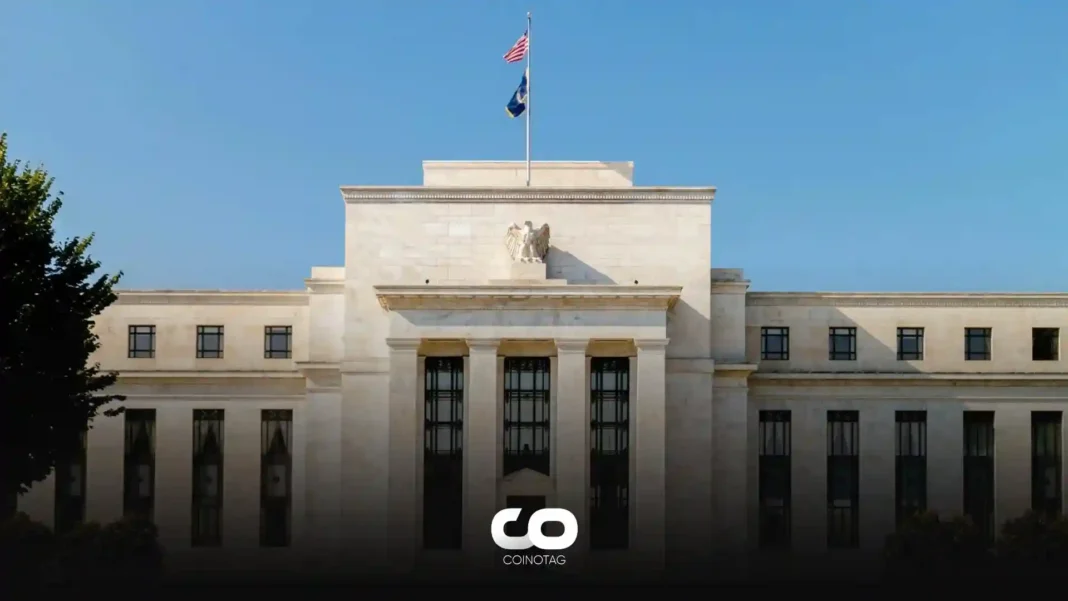- Proposed spot ether staking ETFs in the U.S. could heighten Ethereum’s concentration risk, according to S&P Global analysts.
- New digital asset custodians could mitigate these risks by allowing ETF issuers to diversify their stakes.
- “U.S. spot ether ETFs incorporating staking could significantly alter validator concentrations, impacting the network’s health,” say analysts Andrew O’Neill and Alexandre Birry.
This article explores the implications of the potential approval of spot ether ETFs in the U.S., highlighting the concentration risk to the Ethereum network and discussing the role of crypto custodians in mitigating these risks.
Potential Approval of Spot Ether ETFs and Its Implications
The introduction of spot ether ETFs in the U.S., potentially as early as May, represents a pivotal moment for Ethereum. These ETFs, proposed by financial heavyweights including BlackRock and Fidelity, aim to offer investors exposure to Ethereum without the complexities of direct cryptocurrency ownership. However, S&P Global analysts highlight a critical concern: the concentration risk to the Ethereum network. This risk arises as these ETFs, particularly those engaging in staking activities, could lead to a significant shift in validator concentrations within the network, potentially centralizing control and impacting network security and governance.
Staking Choices of ETFs: A Double-Edged Sword
One of the key factors influencing Ethereum’s concentration risk is the choice of staking mechanisms by spot ether ETF issuers. Unlike decentralized protocols such as Lido, currently the largest Ethereum validator, ETFs are expected to lean towards institutional crypto custodians for staking. This choice, while potentially mitigating risks associated with decentralized protocols, introduces its own set of challenges. The selection of custodians and the distribution of staking efforts across multiple entities could either exacerbate or alleviate concentration risk. The role of new digital asset custodians becomes crucial here, offering a pathway to diversify stakes and reduce potential centralization.
The Role of Crypto Custodians in Mitigating Concentration Risk
Crypto custodians, such as Coinbase, play a pivotal role in the operational dynamics of spot ether ETFs. With Coinbase acting as a custodian for a majority of the recently approved U.S. bitcoin ETFs and named as a staking institution by several ether staking ETFs internationally, the concentration risk is palpable. However, the emergence of new custodians presents an opportunity to distribute stakes more evenly across the ecosystem, potentially mitigating the risks highlighted by S&P Global and JPMorgan analysts. This diversification is essential not only for reducing concentration risk but also for safeguarding the Ethereum network against centralization vulnerabilities, such as single points of failure or oligopolistic behaviors that could undermine the network’s integrity and the interests of its community.
Conclusion
The potential approval of spot ether ETFs in the U.S. marks a significant development for Ethereum and the broader cryptocurrency market. While offering investors novel ways to engage with digital assets, these ETFs also introduce risks related to network concentration and centralization. The decisions made by ETF issuers regarding staking and the role of crypto custodians in this process will be critical in shaping Ethereum’s future landscape. As the market awaits the SEC’s decision, the need for strategic stake diversification and the development of robust custodial services has never been more apparent, underscoring the dynamic interplay between innovation, regulation, and network health in the digital asset space.






